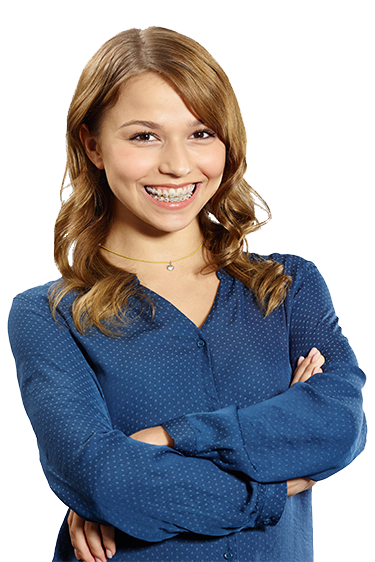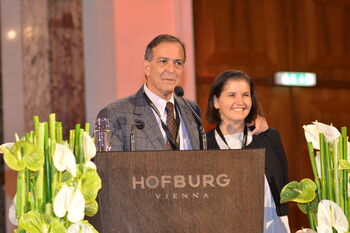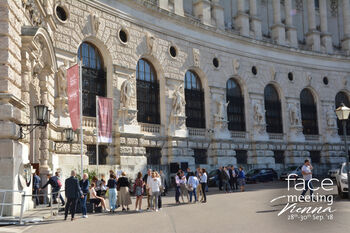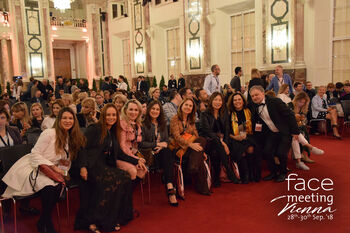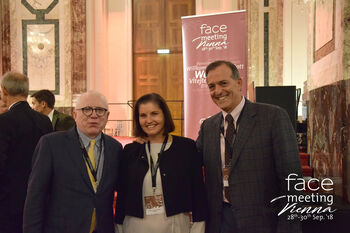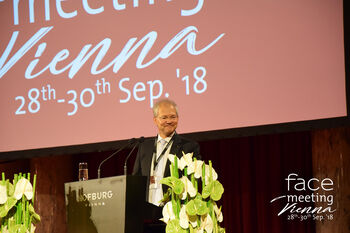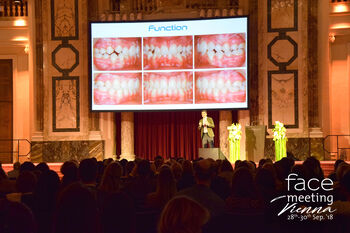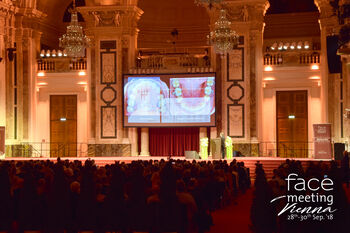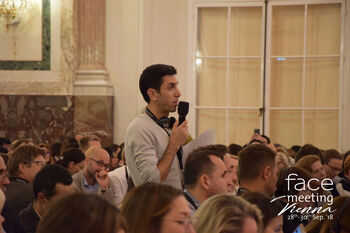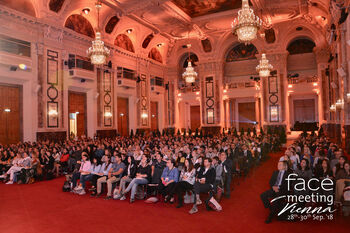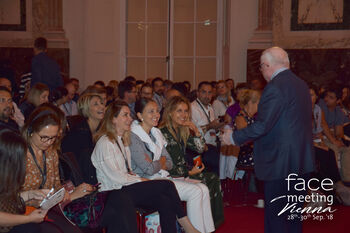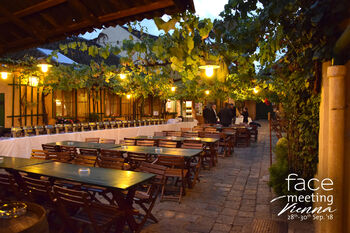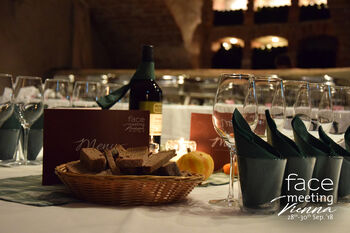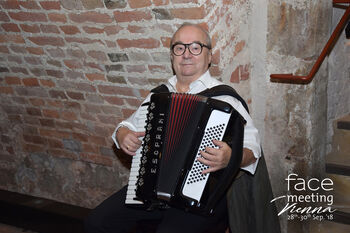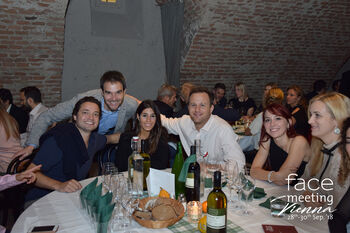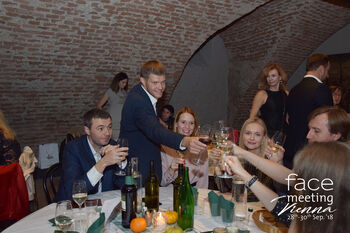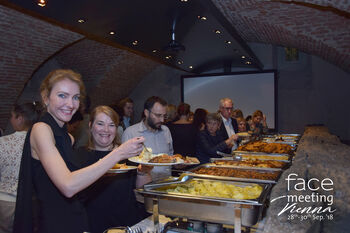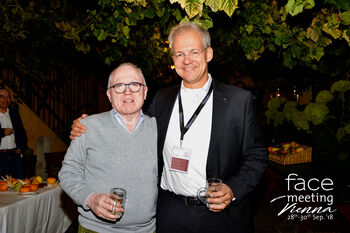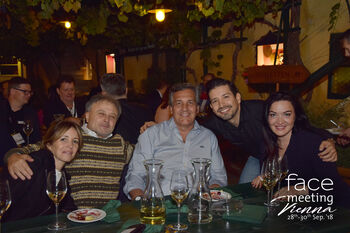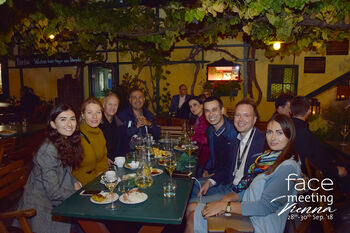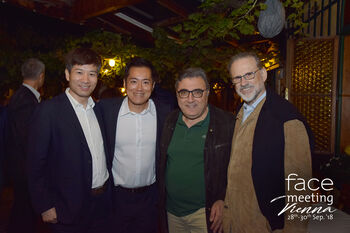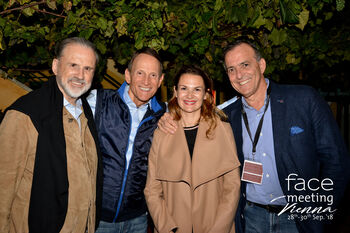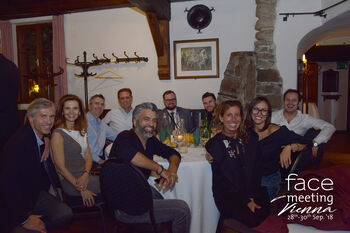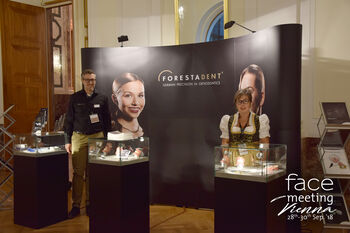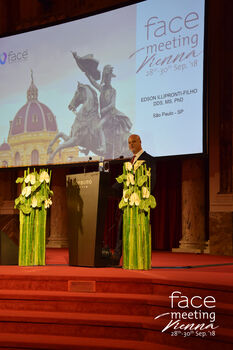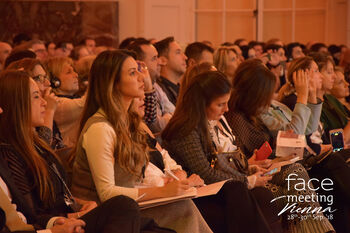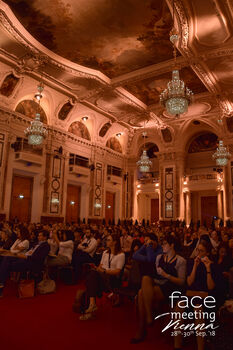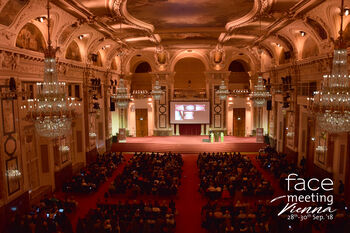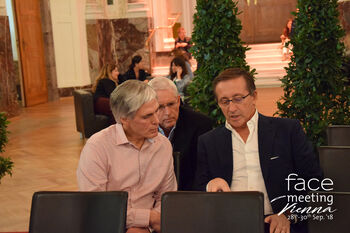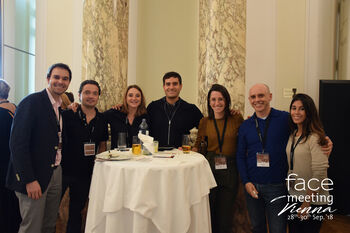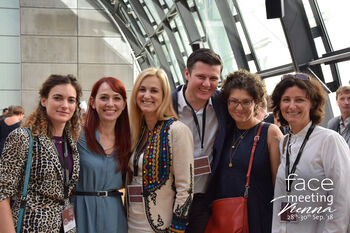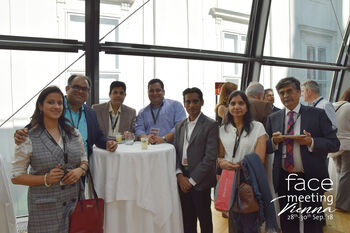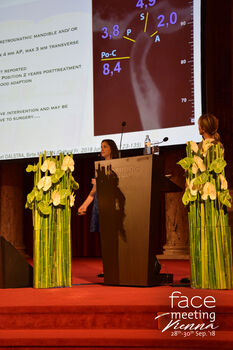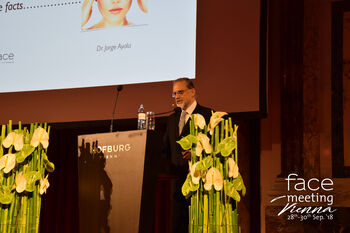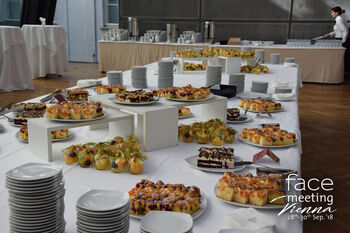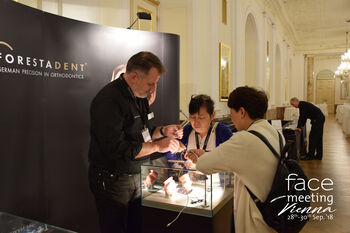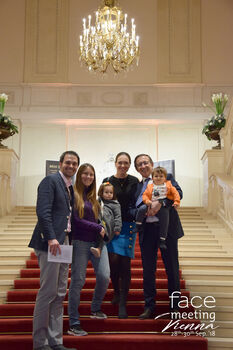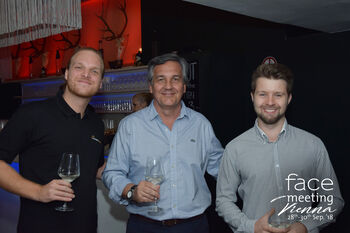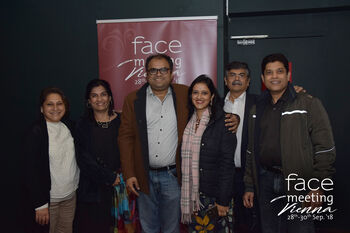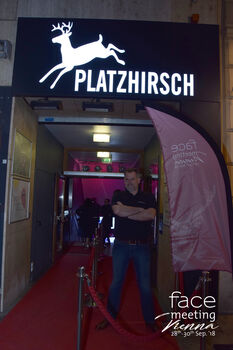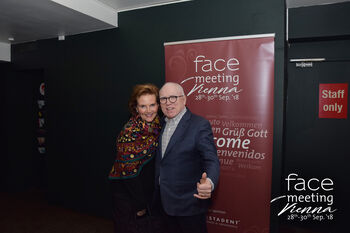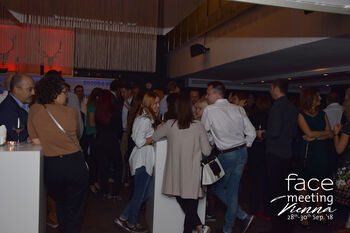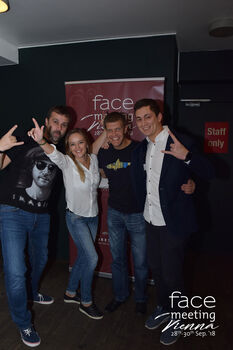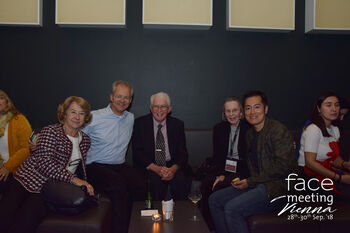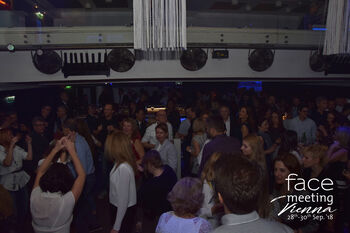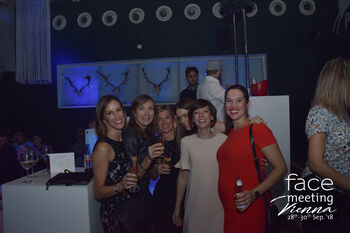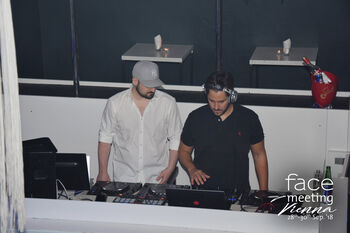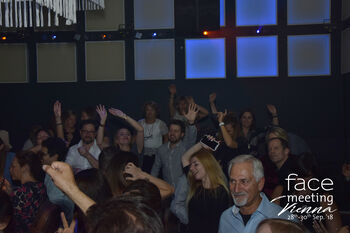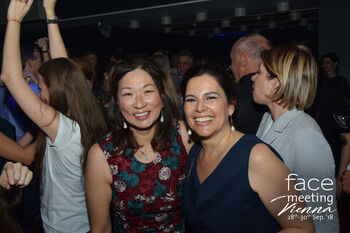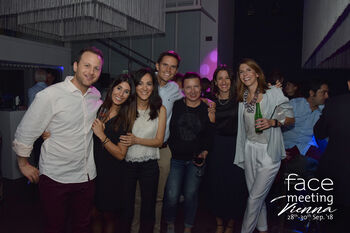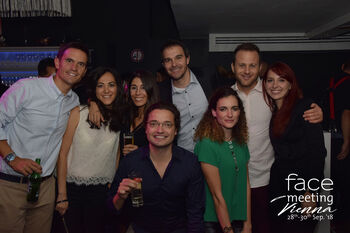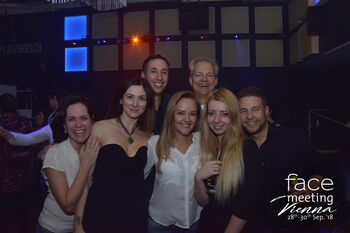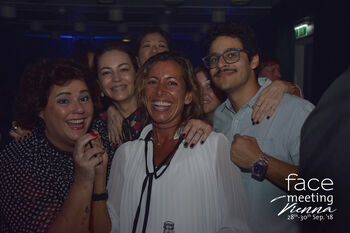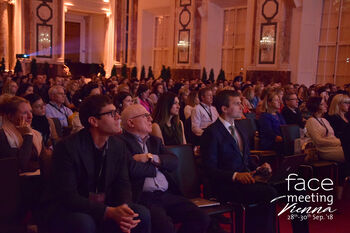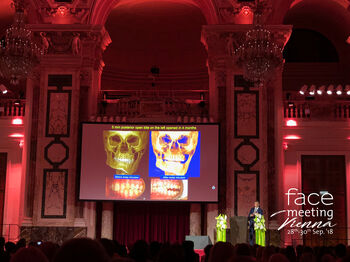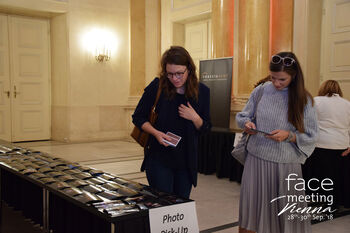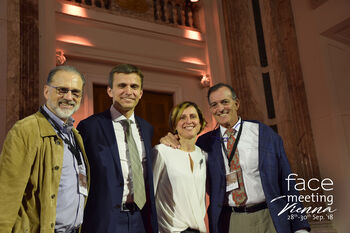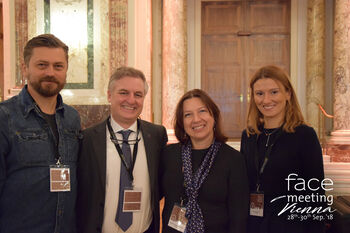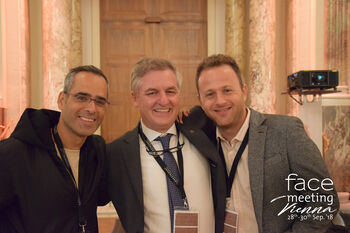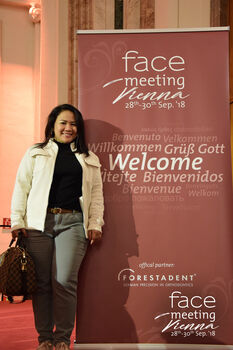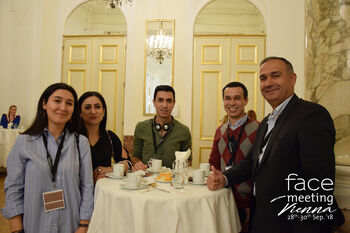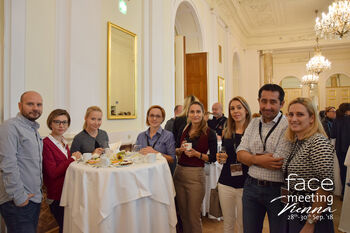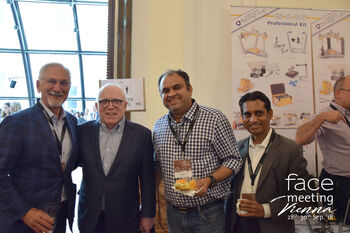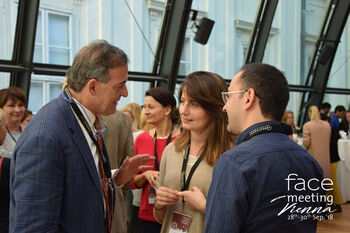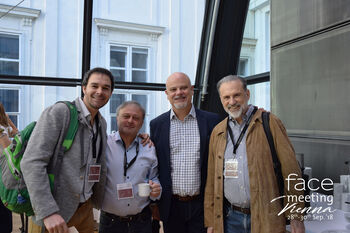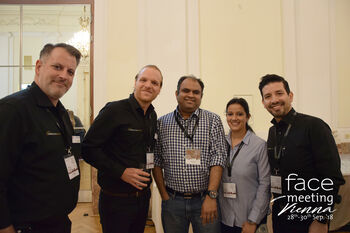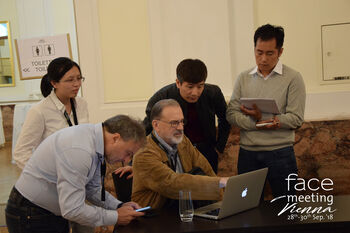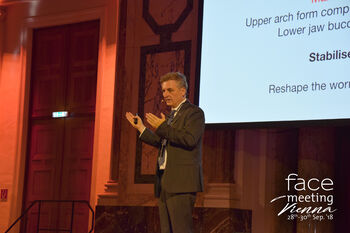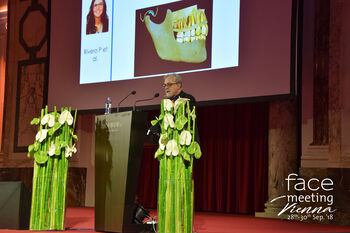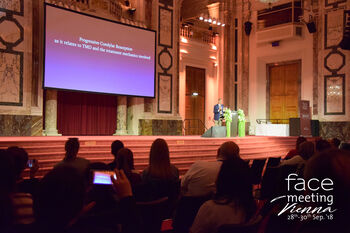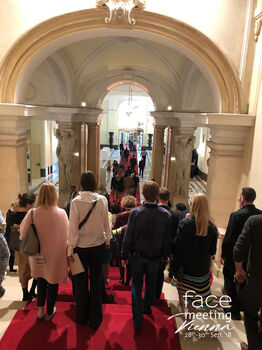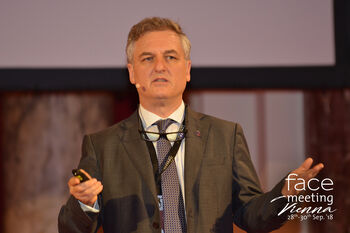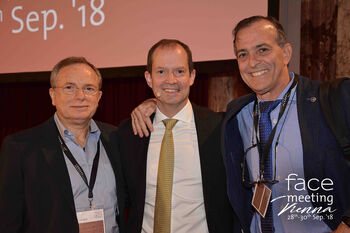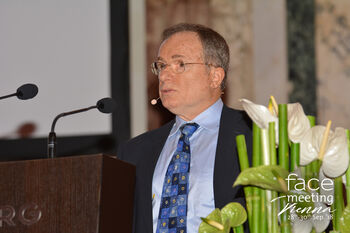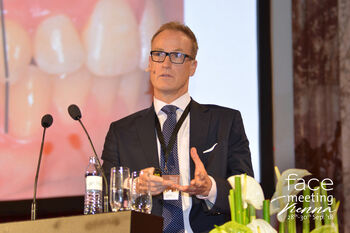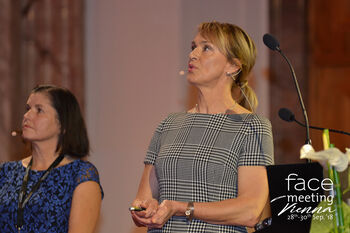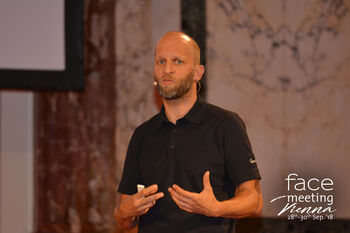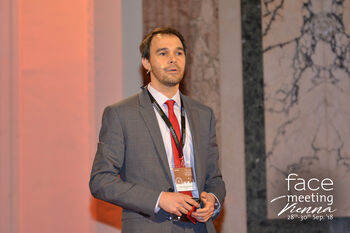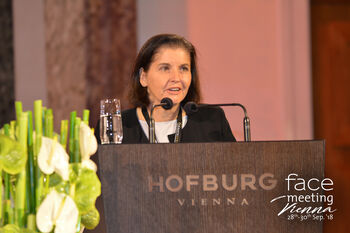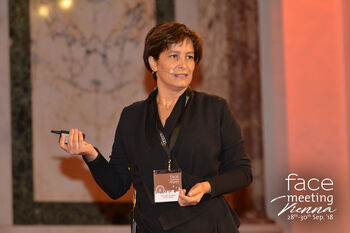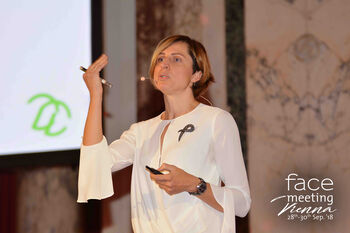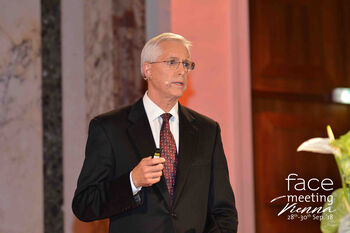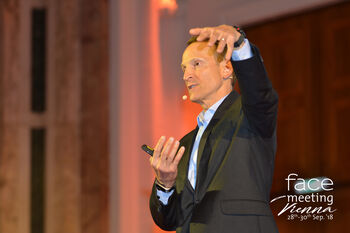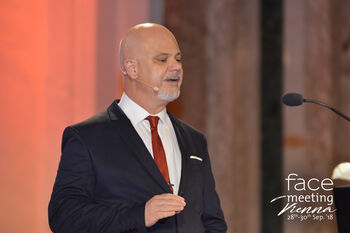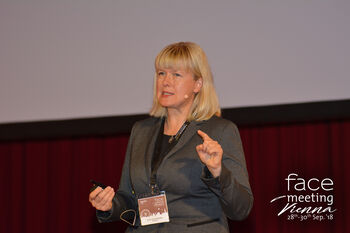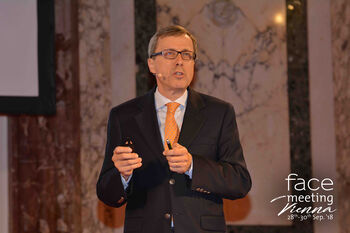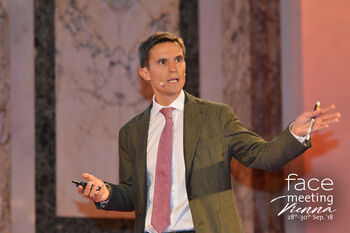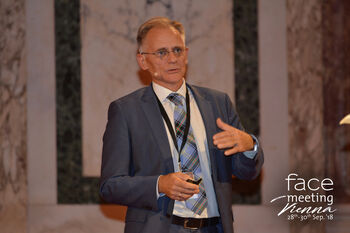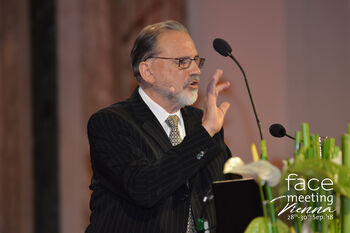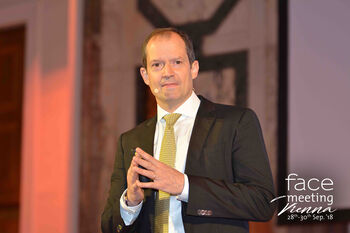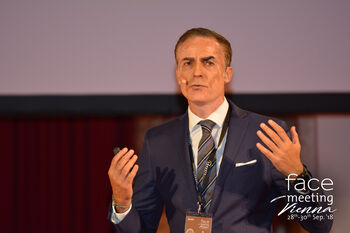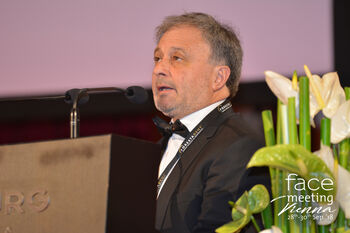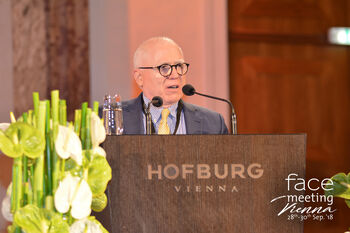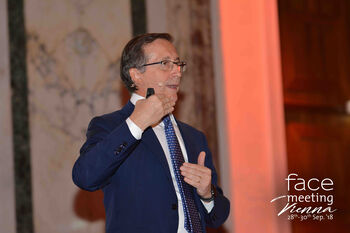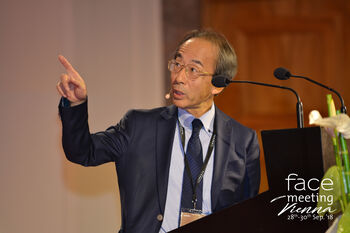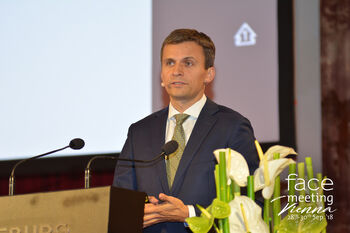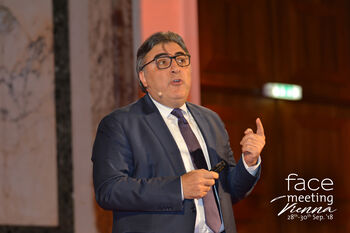Making training fun! We’re looking on three successful days at this year’s FACE meeting, at which we and the hosts Dr. Domingo Martin and Dr. Claudia Aichinger-Pfandl welcomed more than 640 guests - significantly more than in 2016. Everything went as planned: highly contemporary presentation topics, outstanding expert speakers, the very best weather and an impressive location. The FACE group invited guests to the famous Hofburg in Vienna to exchange thoughts on the latest concepts relating to the FACE philosophy with colleagues and friends from all over the world.
Navigating the programme with wit and charm
Prof. Dr. Ravindra Nanda was invited to act as a presenter of the event - a fabulous choice. A total of 26 international experts welcomed the guest from Connecticut to the stage. One of these was Dr. Hugo DeClerk. The Belgian discussed the topic of “Predictable mechanics in the use of skeletal anchorage in class IIIs”. During his presentation, he impressively conveyed how recent findings in current research in dentofacial orthopaedics have altered the clinical treatment approaches of growing Class III patients. Dr. Juan Carlos Perez Varela, from Spain, also discussed Class III during his talk, which focused on the therapy of adult patients with skeletal class III. Using clinical examples, he explained when cases of this nature should be treated on a purely orthodontic level, or better with orthognathic surgery. He suggested the use of SABAME and TADs as alternative treatments.
Skeletal anchorage up to date
Brazilian Dr. Jorge Faber returned the focus to the topic of “distalisation”. He presented some significant cases of miniplate-assisted retraction with long-term results. In addition, he explained the benefits and limitations of using this treatment technique. Prof. Dr. Benedict Wilmes and Dr. Björn Ludwig, both from Germany, shared expert information on the latest results from science and practice in skeletal anchorage. While Professor Wilmes explained the advantages and disadvantages of various treatment mechanisms for distalisation in the upper jaw, Dr. Ludwig focused on a range of aspects in the bone-supported enlargement of the upper jaw. In doing so, both speakers showed how the use of modern digital technologies can improve TADs.
Introducing FACE Evolution II
Dr. Douglas Knight (USA) introduced the principles of the FACE philosophy. Targeted therapy planning is the underlying theme here. This should be based on the correct positioning of the temporomandibular joints, functional occlusion, airway assessment, facial and dental aesthetics, and periodontal health. Taking the stage at the FACE meeting, Dr. Jorge Ayala (Chile) introduced the brand-new FACE Evolution II prescription. During a talk based on a scientific study, he explained the adjustments to the torque value made with the second generation of the FACE bracket technology.
Dr. Renato Cocconi (Italy) and Dr. Claudia Aichinger-Pfandl (Austria) along with Dr. Birgit Franz (Germany) also gave fascinating talks on the topic of three-dimensional digital treatment planning. Drs. Dalia Latkauskiene and Simonas Grybauskas (both from Lithuania) gave interesting presentations on frequent errors in orthodontic preparation for planned surgery. The fascinating presentations on “Acceleration of tooth movements” by Dr. Cristina Teixeira (USA) on Micro-Osteoperforation (MOP) and by Dr. Alberto Canabez (Spain) on the use of corticotomy are also worthy of mention. And, and, and...
Of course, apart from the programme of talks, there were several other highlights. Participants had the opportunity to familiarise themselves with the cosy atmosphere of a Viennese wine tavern. In addition, revellers were able to dance the night away at what has become the traditional trip to the disco.
